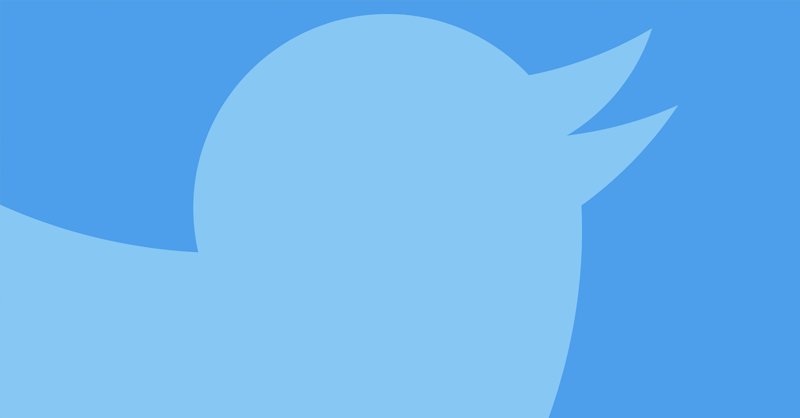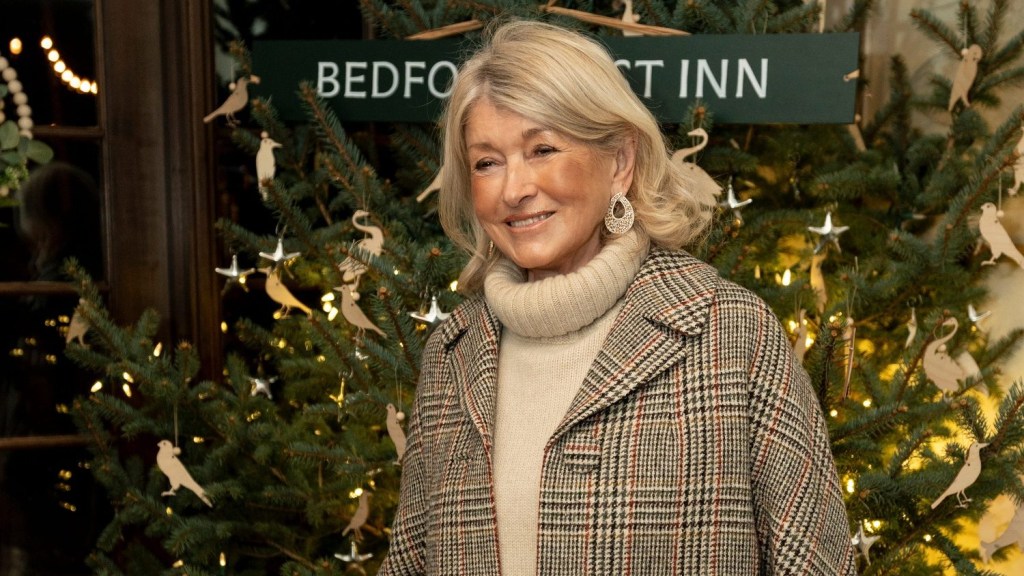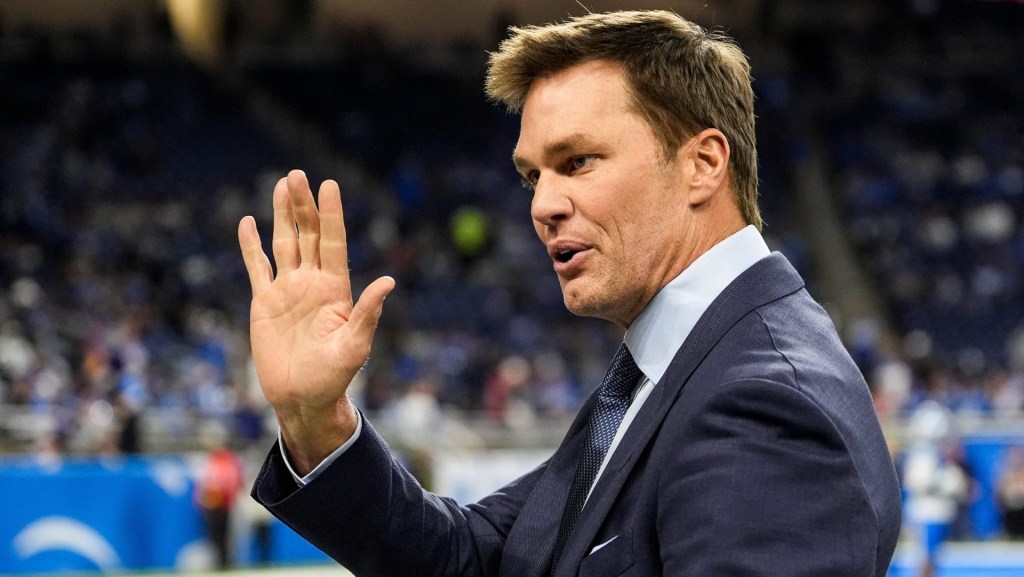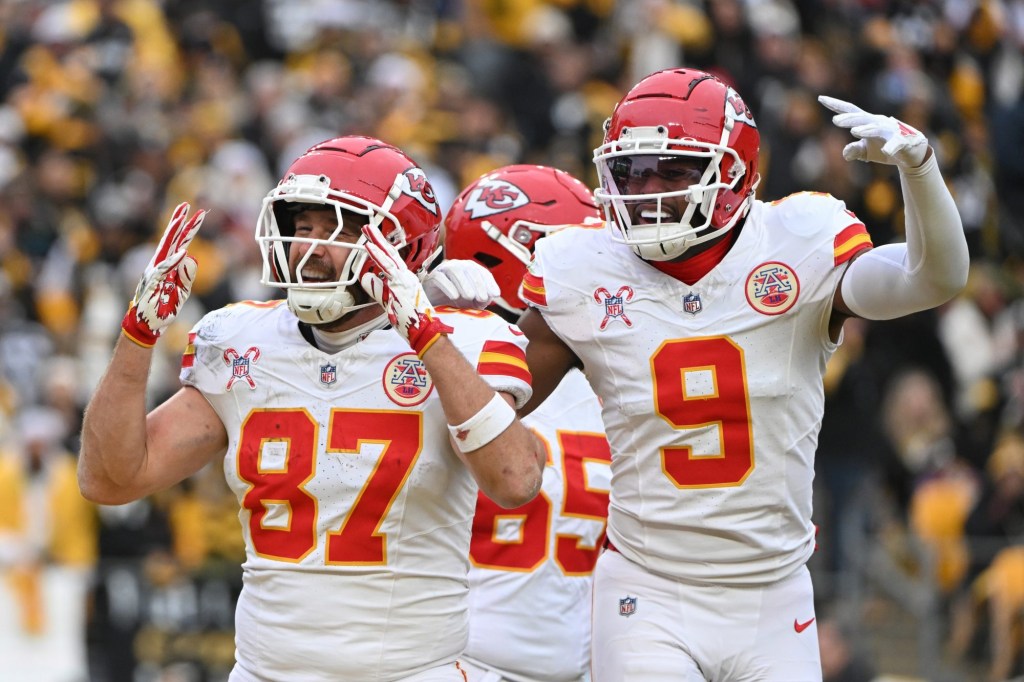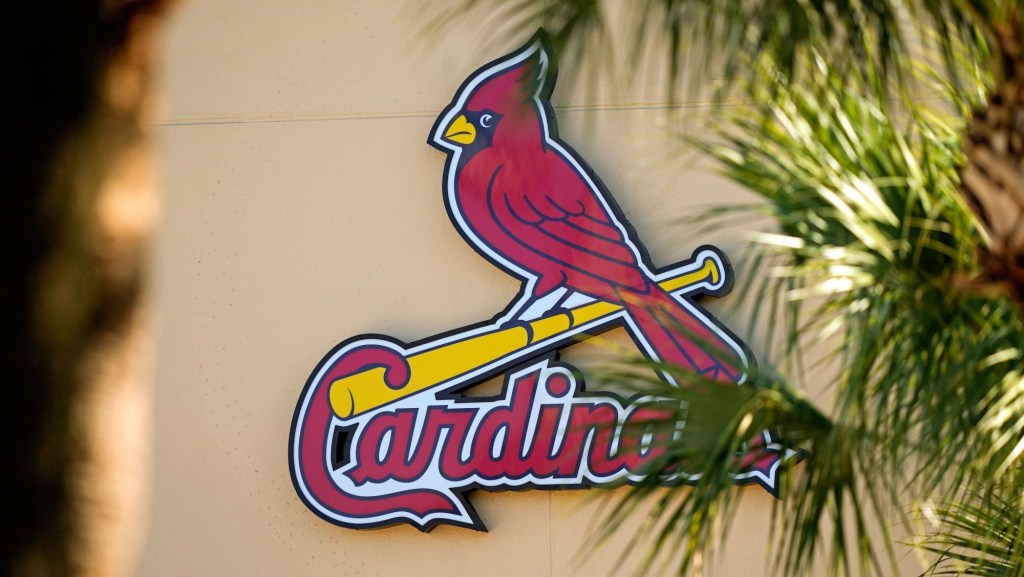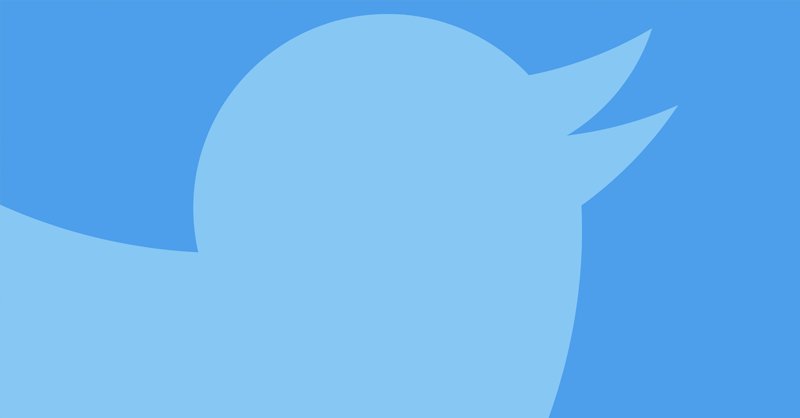
In late October, Twitter CEO Jack Dorsey said at an event that he “was not a fan” of the platform’s “like” function and that he would soon get rid of it altogether.
Dorsey’s basic reasoning behind the decision seems to be wanting to encourage people to reply more to posts and take an active role in discussions, rather than simply “liking” posts.
Regardless of the reasoning, this removes a major engagement metric from the platform with more than 336 million monthly active users. As with any change to a major platform, this will affect how social media marketers in the sports world approach their jobs.
“The ‘like’ feature on Twitter has always been an important tool for me in both a professional and a personal capacity,” said Selena Castillo, creative director for Duke women’s basketball. “It is a way to engage with a user without having to commit to a reply, retweet or follow — a crucial technique in the grander scheme of social media networking.”
Castillo and others in social roles with colleges will now have to put more a personal touch into communicating with constituents on the platform, which could present an issue.
“At Duke, we use the ‘like’ feature strategically to engage with fans, alumni, media, recruits, WNBA clubs, etcetera,” added Castillo. “We are able to acknowledge a tweet and engage in a passive way to create a secondary content feed within our ‘likes.’ In some ways, our ‘likes’ tell a story that our main feed might not.”
✈️ Maine 🏀🔵😈 pic.twitter.com/sGtURc7rSl
— Duke Women’s Basketball (@DukeWBB) November 14, 2018
Interactions with followers are critical in creating brand loyalty, but building those relationships simply takes a lot of time. Removing the option for a speedy interaction means that, mathematically, social managers will not be able to properly interact with as many followers or mentions. This is a concern that makes sense for Kassie Epstein, who serves as a social media manager for Gillette Stadium.
“I’m a huge fan of the ‘like’ button from a social media manager perspective. We try to engage with as many fans as possible who reach out and mention us. The ‘like’ is the easiest way to do this,” Epstein says. “Our fans want to feel heard – that we see what they’re saying and we appreciate them taking the time to communicate with us. A ‘like’ allows me to validate a follow’s content, without proliferating it across the platform. There isn’t always enough time to respond back to every fan, so without this button, we’d be losing a good percentage of these interactions.”
READ MORE: What Sports Marketers Think of IGTV
Another possible downside of removing this feature could be introducing a bulk of content onto a follower’s timeline that they do not want to see. With Gillette Stadium, for example, it may not be a football fan’s interest to see all the positive replies the stadium’s account makes to fans of a concert taking place that night at the venue.
This is something else that Epstein is taking into consideration about engaging with audiences after the removal of “likes.”
“‘Likes’ are so critical for us so we can engage with our followers, ensure they know we see what they’re saying, but at the same time not turning off our other fans with content or fan feedback they’re not interested in,” Epstein says. “I understand the drive to create more conversation on the platform, but on event days when there are too many tweets coming in (and not enough time or resources available to write back to every individual person), a ‘like’ is my lifeline.”
{__/}
( • . •)
/ >🎶 u want this concert announcement?{__/}
( • – •)
🎶< u gotta wait ‘til next week— Gillette Stadium (@GilletteStadium) November 13, 2018
Another purpose that the “like” button serves for some people is a sort of way to bookmark tweets for later. Twitter does have a bookmark feature thought that can be accessed on the mobile app, however. But this feature could use some fine-tuning. This is a point that Castillo makes upon further analysis of what the removal of “likes” would mean.
“‘Likes’ are an important metric in analytics. A user should be able to engage with a tweet without retweeting or replying and I should be able to track how many users are doing so over time,” Castillo states. “If Twitter wants to incentivize healthy conversation by removing the ‘like’ tool, they should first consider removing the ability for the public to see the number of ‘likes’ on a tweet as well as enhancing the ‘bookmark’ feature to allow users to continue to save content within the app.”
READ MORE: Marathon Managers: Social Teams Reflect on 18-Inning World Series Game
On the flip side of this, there could be a better way to show the sentiments that users mean to imply by clicking “like” on a tweet.
“There are contexts in which ‘liking’ a tweet by clicking on a heart feels inappropriate. If someone tweets news that they lost their job and I ‘like’ the tweet, what is the perception? While it should be obvious I am not happy about the news, is it obvious that I am trying to show support to the user? Perhaps there is a more neutral symbol that can be used in place of a heart or even multiple options such as with Facebook’s reactions feature.”
[mc4wp_form id=”8260″]
While ‘likes’ are a solid vanity metric, they aren’t the end-all, be-all. Part of community management is being able to converse with fans/consumers and get a better idea of what it is people want out of their experience with a product or brand. Joe Centeno, art director at Team Infographics, believes that this move could force social managers to put a bigger focus on this.
“I think most communication pros would agree the conversation with their audience is more important than the ‘likes,’” says Centeno. “The goal should be to have that two-way conversation, whether it be for or against your topic. Like any other adjustments made in the social space, we will all adapt and keep innovating.”
Perhaps this move could accomplish what Dorsey wants in time. Getting there will just be another interesting chapter in the history of social marketing.
